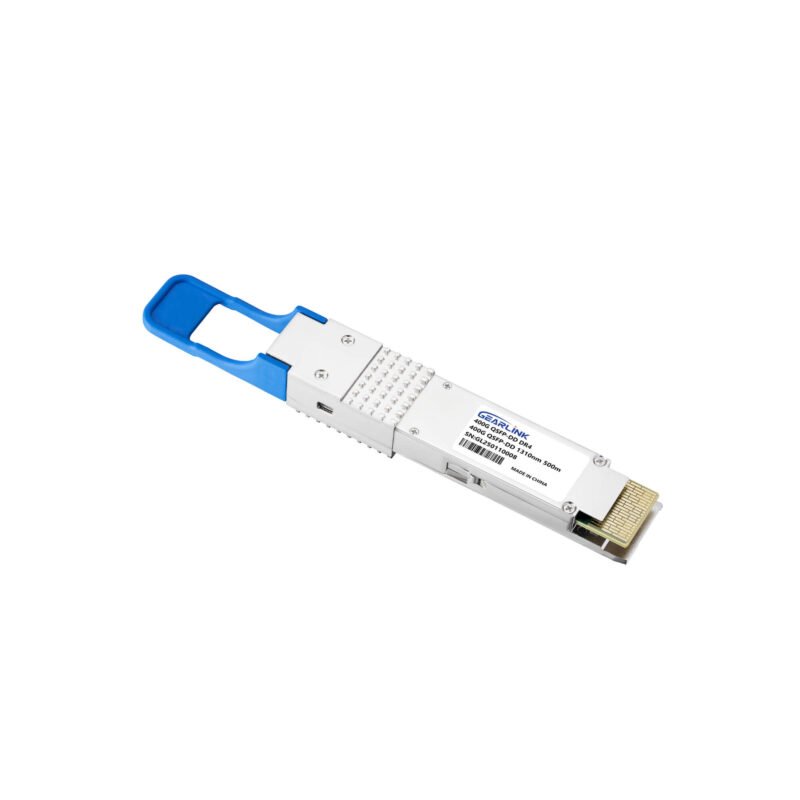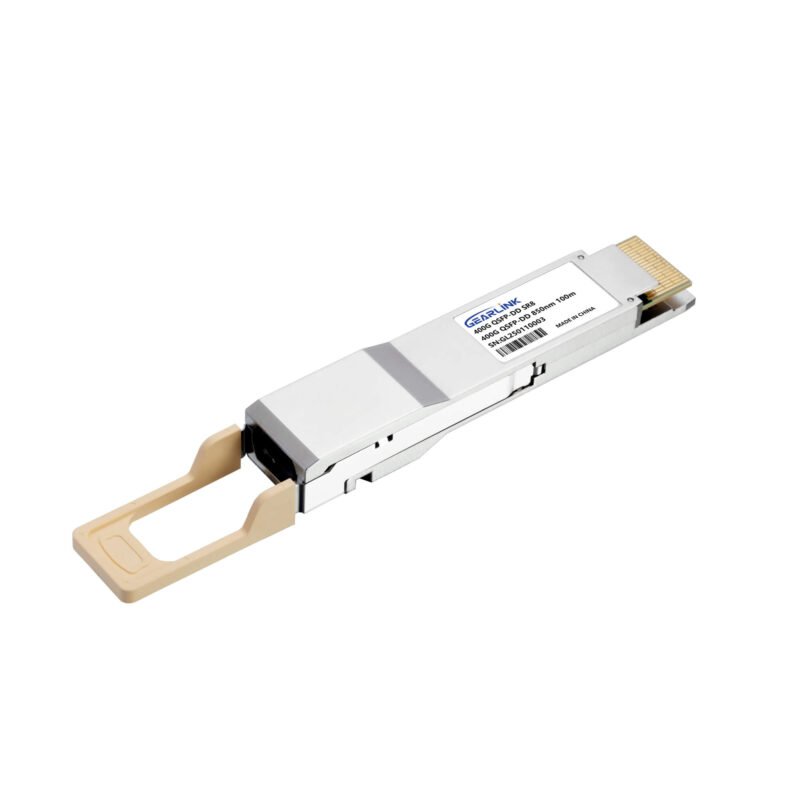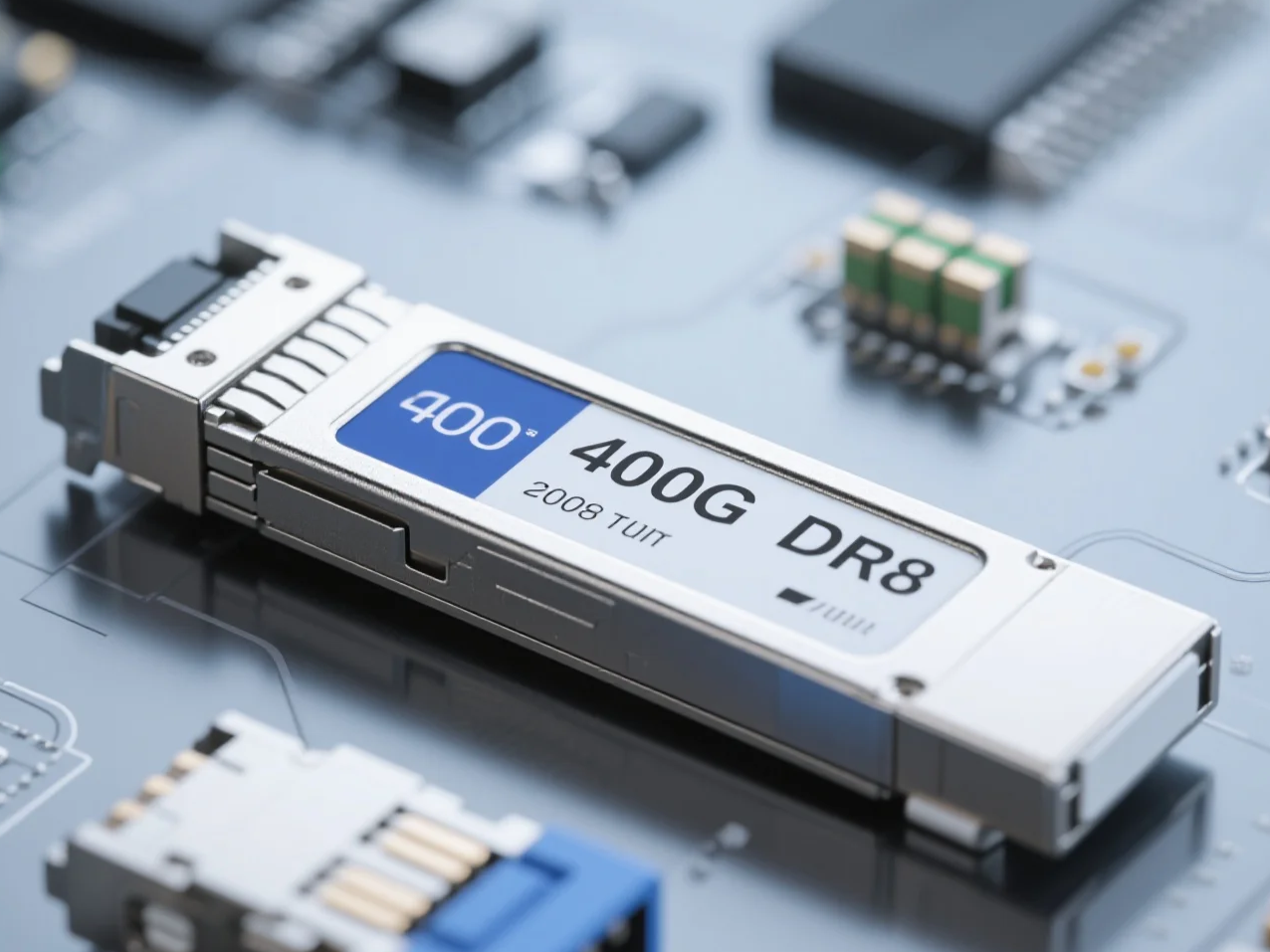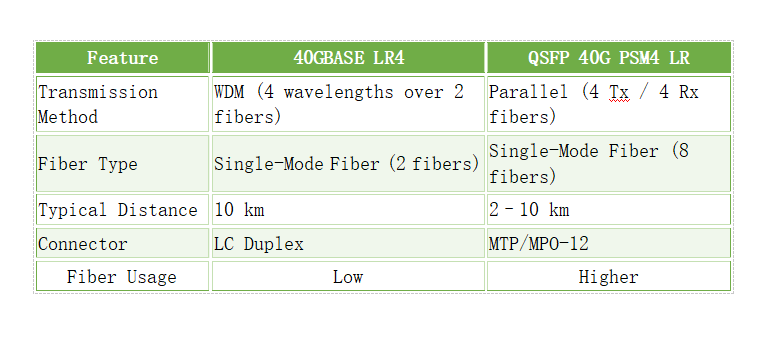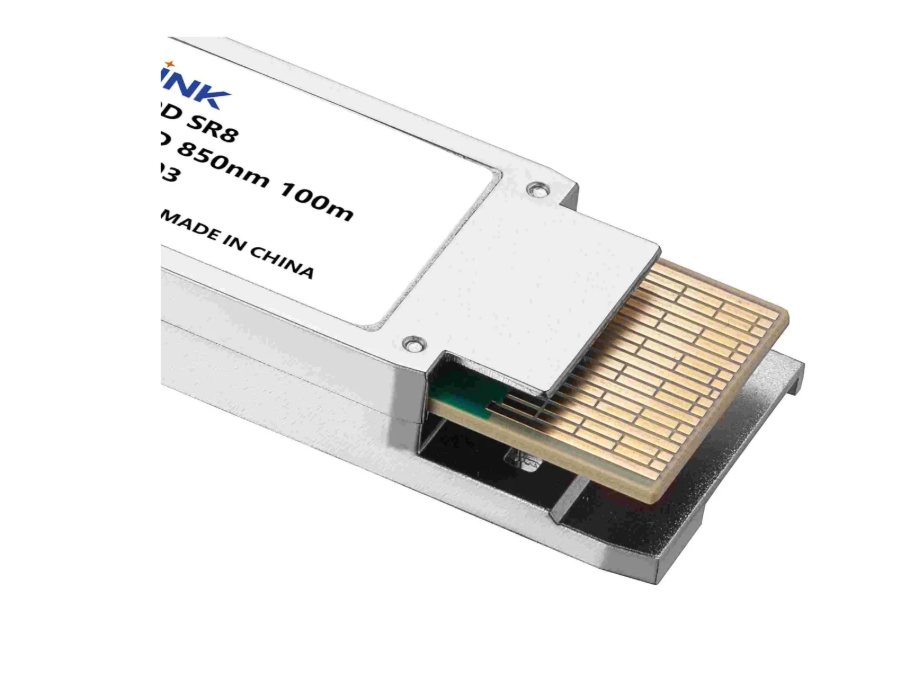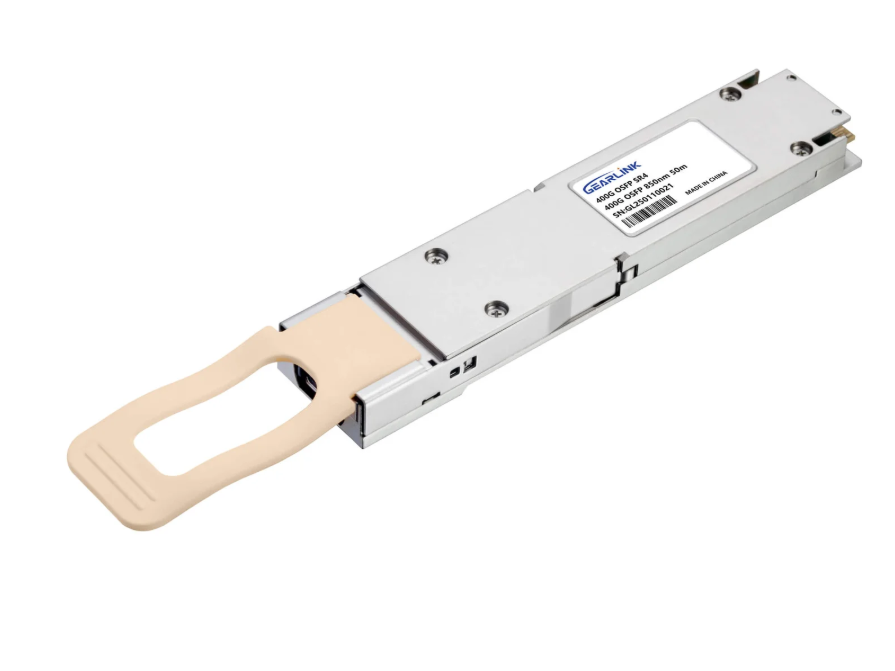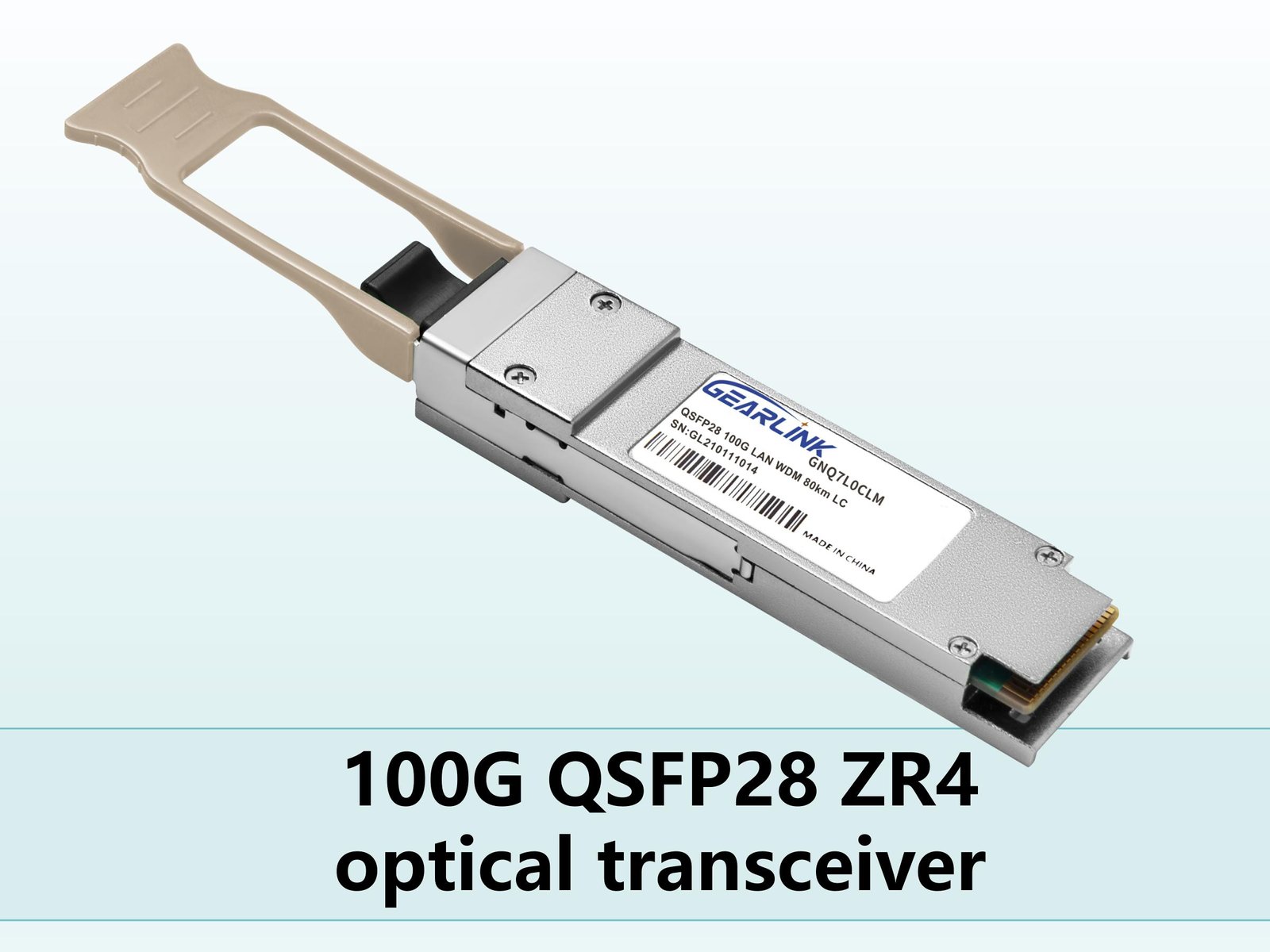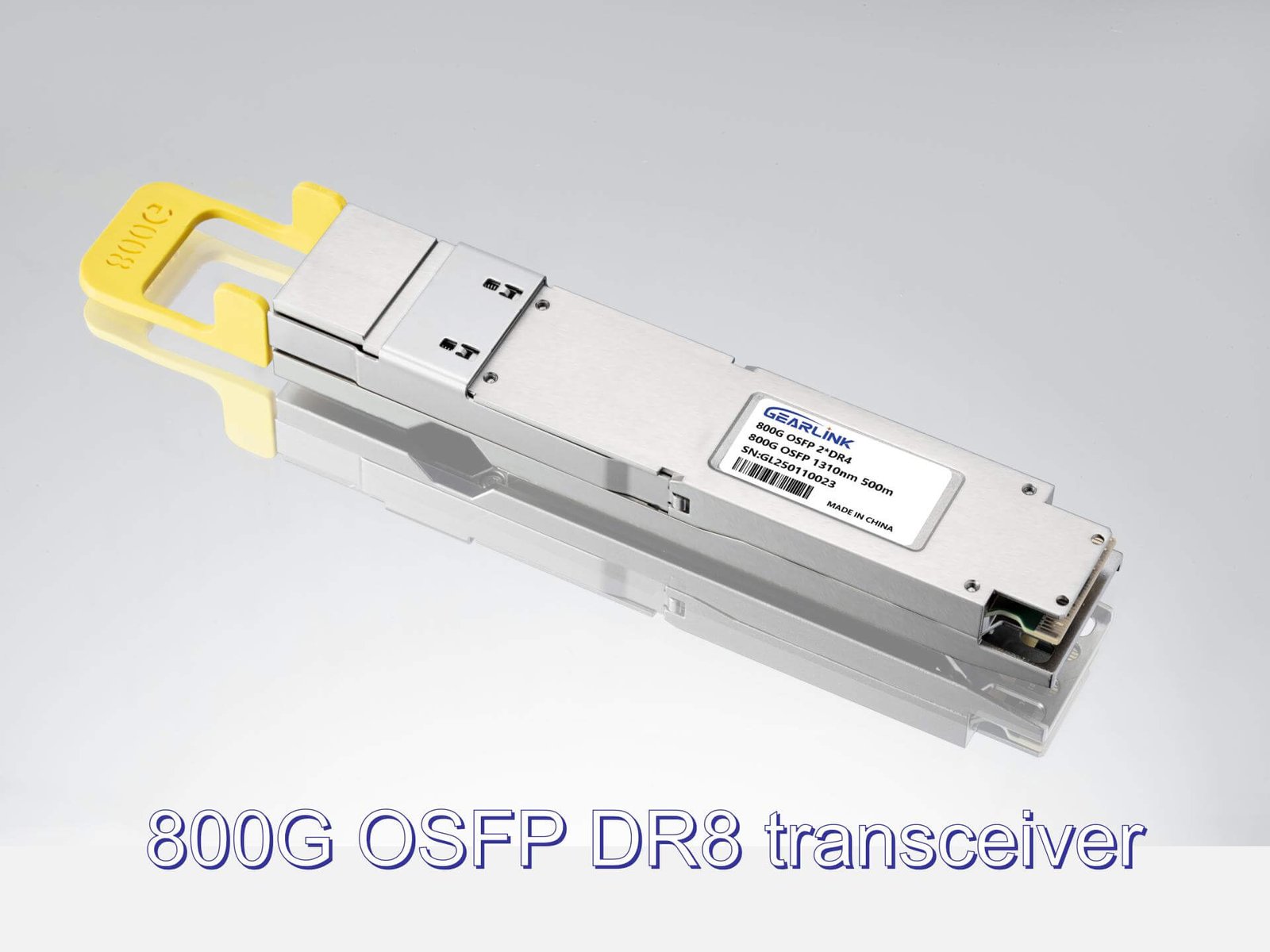The relentless growth of data traffic, fueled by artificial intelligence, cloud computing, and an ever-expanding Internet of Things, has created an urgent need for higher-speed networking infrastructure. As networks scale to meet this demand, the transition from 100G to 400G has become a critical step for data centers and telecommunication providers alike. At the heart of this migration lies the 400G QSFP-DD transceiver, a powerful and complex component that is key to unlocking next-generation network performance. While this technology promises unprecedented bandwidth, its successful deployment is far from simple, presenting a series of technical and logistical challenges. OpticTran understands these complexities and provides the solutions and expertise needed to ensure your transition to 400G is not just a technological upgrade, but a strategic success.
This comprehensive guide will delve into the critical aspects of deploying 400G technology and highlight how OpticTran’s meticulous approach, unparalleled product quality, and dedicated support can help you navigate this intricate landscape. We believe in empowering our customers with the knowledge and tools to overcome common hurdles, ensuring that your network operates at its peak potential. We will explore the intricacies of the technology itself, the real-world obstacles you may encounter, and the specific ways our partnership can mitigate risks and accelerate your path to a high-speed, reliable network.
Understanding the Power of the 400G QSFP-DD Form Factor
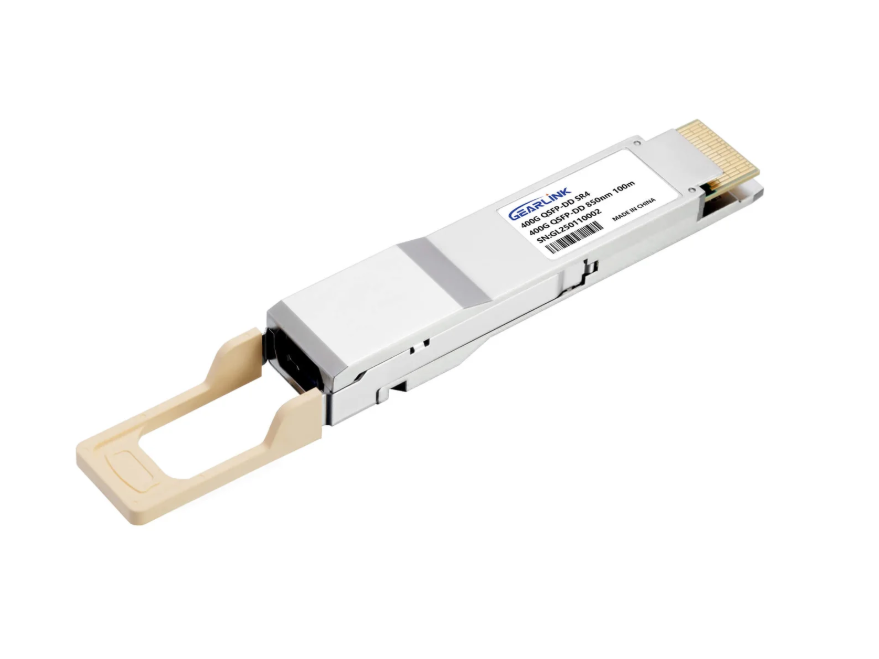
Before we can appreciate the challenges and solutions, it is essential to have a clear understanding of what makes the 400G QSFP-DD transceiver so revolutionary. The “QSFP-DD” stands for Quad Small Form-factor Pluggable Double Density. This designation is key because it indicates a significant design advancement over previous generations. The “Double Density” part refers to its ability to accommodate eight high-speed electrical lanes, a doubling from the four lanes in the standard QSFP format. This design allows it to support 400G transmission rates within a form factor that is backward compatible with existing QSFP ports, though with limitations.
The true genius of the QSFP-DD lies in its physical and electrical design. The form factor is standardized by the QSFP-DD MSA (Multi-Source Agreement), which ensures interoperability among different vendors. This is a critical factor for network operators who need flexibility in sourcing components. These transceivers come in various types tailored for different applications, including short-reach (SR) for inter-rack connections, and longer-reach options like DR4, FR4, and LR4 for connecting switches within a data center or even over longer distances between sites. Each of these variants is engineered to meet specific link budget and distance requirements, making them versatile tools for network architects. Their compact size and high-density capabilities are instrumental in increasing port density on switches, which is a major driver for the efficiency and scalability of modern data centers. Ultimately, this technology is the cornerstone for building future-proof networks.
Navigating the Critical Challenges of 400G Deployment
While the promise of 400G is exciting, a successful deployment is fraught with challenges that demand careful planning and a deep understanding of the technology. The complexity of these high-speed systems means that what works in a test environment may not function as expected in a live network. One of the most significant challenges is interoperability. With multiple vendors producing equipment and transceivers, ensuring that a 400G QSFP-DD transceiver from one manufacturer works flawlessly with a switch from another can be a complicated task. Mismatched firmware, differing implementation of standards, and subtle variations in signal protocols can lead to intermittent errors, performance degradation, and costly downtime.
Another major concern is thermal management. The increased power consumption required to drive 400G speeds generates a significant amount of heat. This heat must be efficiently dissipated to prevent performance issues or, in worst-case scenarios, hardware failure. Proper cooling solutions and effective thermal design within the transceiver itself are paramount. If not adequately managed, the heat can shorten the lifespan of the transceiver and surrounding equipment.
Furthermore, signal integrity is a more sensitive issue than ever before. At such high data rates, any small imperfection in the signal path—from the transceiver’s internal components to the connecting fiber—can introduce noise and cause bit errors. Rigorous testing is required to validate that the signal remains clean and reliable across the entire link. Lastly, the sheer complexity of testing and validation for 400G links is a hurdle in itself. It requires specialized equipment and expertise to measure parameters like Bit Error Rate (BER), optical power levels, and signal eye diagrams, which are all essential for confirming a healthy link. These challenges require more than just off-the-shelf products; they necessitate a reliable partnership with a provider who offers proven, tested solutions.
How OpticTran Ensures Your 400G Success
At OpticTran, we recognize that a successful 400G deployment is about more than just delivering a product. It’s about providing a complete solution that addresses every potential challenge. Our approach is holistic and focused on delivering true value and peace of mind to our customers.
Rigorous Quality Control and Meticulous Testing
Our commitment to quality begins with our rigorous testing process. Every 400G QSFP-DD transceiver that leaves our facility undergoes a comprehensive suite of tests to guarantee its performance and reliability. We test our modules not just in isolation, but also for interoperability across a wide range of leading network equipment from vendors like Cisco, Juniper, Arista, and others. This exhaustive testing ensures that our products are truly “plug-and-play,” minimizing the risk of compatibility issues that can delay your deployment.
Our testing protocols include:
Comprehensive Performance Validation: We test for crucial parameters such as optical power, receiver sensitivity, and link stability to ensure the module meets or exceeds the industry standards for its type (e.g., 400G-DR4, 400G-FR4).
Environmental and Thermal Stress Testing: Our modules are subjected to a range of temperatures to confirm they can operate reliably under various conditions, ensuring their longevity and performance in real-world data center environments.
System-Level Interoperability: This is a key differentiator. We maintain a large lab with a variety of switches and routers to test our transceivers in realistic network scenarios, which validates their seamless integration into complex network architectures.
This dedication to quality control and testing means you can deploy our transceivers with the confidence that they will perform as expected, right out of the box.
Expert Technical Support and Deep Industry Knowledge
Successfully deploying 400G requires more than just high-quality hardware; it also demands expert knowledge. OpticTran’s technical support team is not just a helpdesk; they are a group of seasoned professionals with deep expertise in optical networking. Our engineers can assist you at every stage of your project, from initial network design to on-site troubleshooting.
We offer:
Pre-Sales Consultation: Our team can help you select the right 400G QSFP-DD transceiver for your specific application, considering factors such as distance, fiber type, and network topology.
Deployment Assistance: We provide guidance and best practices to help you install and configure our modules correctly, ensuring a smooth and efficient deployment process.
Post-Sales Troubleshooting: Should any issues arise, our responsive support team is available to help diagnose and resolve problems quickly, minimizing potential network downtime.
Our experts are familiar with the common pitfalls of 400G deployment and can proactively help you avoid them, turning a potentially challenging migration into a streamlined project.
A Comprehensive and Reliable Product Portfolio
To address the diverse needs of modern networks, OpticTran offers a wide selection of 400G optical modules. Our product portfolio is designed to provide you with the exact solution you need, whether it’s for short-distance server connections or long-haul data center interconnects.
Our range includes:
400G-SR8: Ideal for short-reach, multi-mode fiber links up to 100 meters, typically used for high-density inter-rack connections.
400G-DR4: The standard for 500-meter single-mode links, perfect for connections within a data center.
400G-FR4: A cost-effective solution for longer links up to 2 kilometers, often used for data center interconnects (DCI).
400G-LR4: Designed for long-haul applications, capable of transmitting data up to 10 kilometers.
Each product is meticulously engineered to ensure optimal performance, interoperability, and power efficiency, giving you the flexibility to build a network that is both high-performing and scalable.
A Partnership Built on Trust and Value
At OpticTran, we believe in building long-term relationships with our customers. We offer highly competitive pricing without compromising on quality or service. By providing a reliable supply chain and excellent customer support, we ensure that you not only receive a superior product but also gain a trusted partner in your network evolution. Our commitment to providing substantial value extends beyond the initial purchase, helping you minimize total cost of ownership through reduced deployment risk and operational efficiency.
Real-World Applications of 400G Transceivers
The application of 400G QSFP-DD transceiver technology is expanding rapidly across various sectors, driven by the need for more bandwidth. Hyperscale data centers, which form the backbone of cloud computing and online services, are among the earliest adopters. They use 400G to connect servers and switches within a single facility, supporting the massive data flows generated by millions of users. Telecommunication providers are also leveraging this technology to upgrade their core networks, enabling faster broadband services and supporting the rollout of 5G. Furthermore, enterprises with large private clouds or data-intensive operations are increasingly turning to 400G to build robust and future-proof internal networks that can handle everything from high-performance computing to AI model training.
Conclusion
The transition to 400G is an inevitable and necessary step for any organization looking to future-proof its network. However, this journey is filled with challenges that demand a strategic and informed approach. A simple purchase of hardware is not enough; success hinges on the quality of the product, the expertise of the support team, and the reliability of the supplier.
OpticTran is your partner in this endeavor. We don’t just sell optical modules; we deliver comprehensive solutions that are built on a foundation of rigorous testing, deep technical expertise, and a commitment to customer success. Our meticulously engineered 400G QSFP-DD transceiver products, coupled with our dedicated support and competitive pricing, provide a clear path to a seamless and successful 400G deployment. By choosing OpticTran, you are not just buying a component; you are investing in a partnership that will help you unlock the full potential of your network, now and in the future.
Frequently Asked Questions
Q1: What does QSFP-DD stand for? A: QSFP-DD stands for Quad Small Form-factor Pluggable Double Density. The “Double Density” refers to the module’s ability to support eight electrical lanes, enabling it to achieve 400G speeds within a compact form factor.
Q2: Are 400G QSFP-DD transceivers backward compatible with 100G equipment? A: Yes, the QSFP-DD form factor is designed to be backward compatible with QSFP28 ports. However, you can only operate the modules at 100G in a 100G port, and they require a specific breakout cable to function.
Q3: What’s the difference between 400G-DR4 and 400G-FR4? A: The main difference lies in their reach and underlying technology. 400G-DR4 uses a parallel transmission method for distances up to 500 meters, while 400G-FR4 utilizes WDM (Wavelength Division Multiplexing) to achieve longer distances up to 2 kilometers over a single fiber pair.
Q4: How does OpticTran ensure product compatibility with my switches? A: OpticTran maintains a multi-vendor testing lab where we test our transceivers on a wide range of switches from major manufacturers. We can also perform custom compatibility tests upon request for specific equipment.
Q5: What is the typical power consumption of a 400G transceiver? A: Power consumption varies depending on the specific module type and technology used (e.g., SR8, DR4, FR4). Generally, they consume more power than their 100G counterparts, with typical consumption ranging from 10W to 14W. Efficient thermal management is crucial for these modules.
